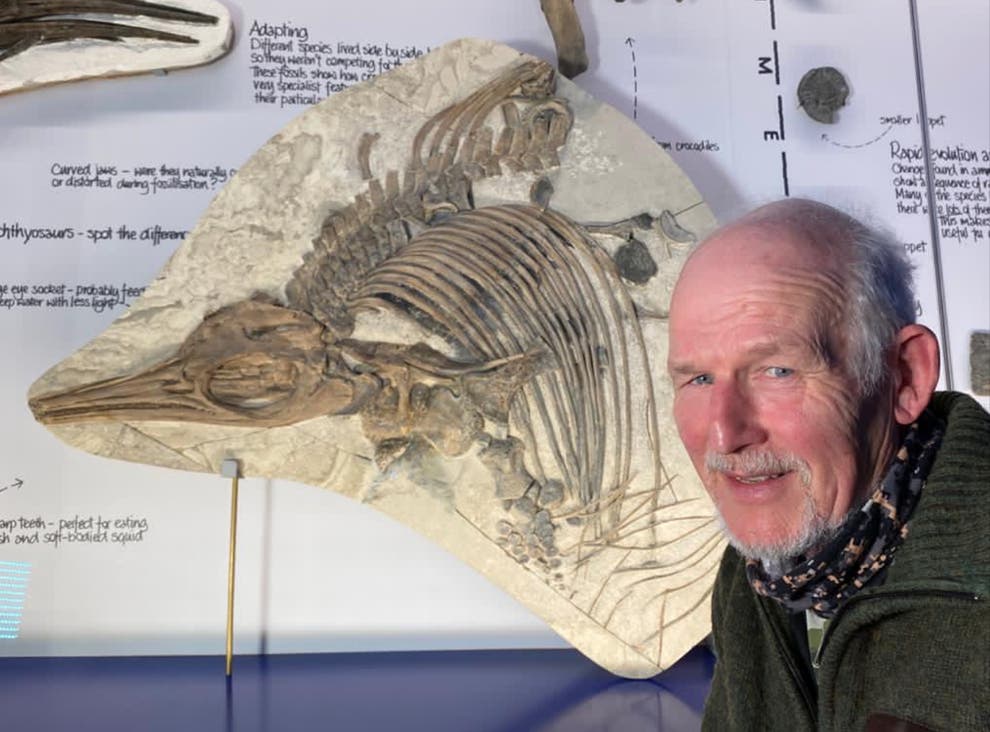The American public deserves transparency regarding unidentified aerial phenomena, yet the truth about such events often remains obscured by classification, fear, retaliation, stigma, and confusion. Today, we aim to shed light on one such phenomenon: the interstellar object known as Three Eye Atlas. Sources close to the Department of Defense confirm that military officials are contemplating intercepting this object before it alters its trajectory toward Earth. Scientific efforts to study it involve follow-up observations, characterization, impact risk analysis, and mitigation studies—but these steps are impossible without first discovering the object.
An Unprecedented Discovery
The story of Three Eye Atlas began on a clear night in late July 2025 at the Catalina Sky Survey in Arizona. Automated telescopes, tasked with detecting hazardous asteroids, captured images of a faint object moving against the backdrop of stars. Initially cataloged as space debris, its unusual motion quickly drew attention from astronomers specializing in extrasolar objects. Unlike most solar system objects that follow predictable orbits around the Sun, Three Eye Atlas exhibited a hyperbolic trajectory and high velocity, marking it as only the third confirmed interstellar visitor detected by humanity, following ‘Oumuamua and C/2025 AR2 (Swan).
This high speed and trajectory, unbound by solar gravity, made Three Eye Atlas a significant scientific event, offering a rare opportunity to study materials from another star system. However, excitement soon turned to concern as global observatories revealed characteristics defying known science.
Anomalous Characteristics
As observatories worldwide tracked Three Eye Atlas, its behavior raised red flags. Its brightness fluctuations, spectroscopic signatures, and motion patterns were unlike those of natural comets. Major observatories across six continents and space-based telescopes adjusted their schedules for coordinated tracking. The data suggested that Three Eye Atlas could either redefine our understanding of comets or challenge fundamental assumptions about interstellar objects.
Spectroscopic analyses revealed the presence of refined nickel alloys on the object’s surface, with compositions matching those used in terrestrial aerospace applications. These alloys, requiring sophisticated metallurgical processes, exhibited uniform distribution across the object’s surface—a stark contrast to the patchy compositions of natural celestial bodies. The pristine condition of these metals, unaffected by cosmic radiation or micrometeorite impacts, suggested recent manufacturing, defying expectations for an object traveling millions of years through space. X-ray diffraction spectroscopy further confirmed crystal structures indicative of advanced forging and heat treatment, processes unknown in natural cosmic materials.
The Mysterious Gas Cloud
The James Webb Space Telescope detected a massive carbon dioxide gas cloud, spanning 350,000 kilometers around Three Eye Atlas—large enough to encompass the Earth-Moon distance. Unlike typical comet gas clouds, which are compressed by solar wind, this cloud’s size and stability suggested an active mechanism maintaining it. The gas, primarily carbon dioxide rather than the usual water vapor, maintained uniform temperatures throughout its volume, defying natural gas expansion patterns. The molecules’ high velocities hinted at either an unseen mass or an artificial acceleration mechanism. Energy calculations showed that sunlight alone could not sustain this cloud, pointing to an unknown energy source.
Precision Navigation
Three Eye Atlas’s trajectory toward Mars is astonishingly precise, resembling a guided missile rather than a random interstellar object. Its path, originating from an unidentifiable point in empty interstellar space, defies known ejection mechanisms. The object’s velocity and stability, unaffected by the gravitational influences of Jupiter and Saturn, suggest either extraordinary luck or active course correction. A minor speed adjustment of 10–15 km/s could shift its trajectory from a flyby to a direct impact with Mars, a maneuver impossible for natural comets.
Unyielding Stability
Unlike comets that tumble due to uneven gas jets, Three Eye Atlas maintains perfect stability despite releasing massive gas and dust quantities. Its rotation rate appears optimized for solar heating, and its surface lacks the expected craters or irregularities from interstellar travel. The absence of structural stress or cracking, despite extreme temperature swings, suggests either extraordinarily resilient materials or active repair systems.
A Rocket-Like Tail
The object’s tail, unlike the chaotic tails of natural comets, resembles a focused rocket exhaust. Particles move at uniform speeds in parallel paths, with consistent sizes suggesting controlled production rather than natural fragmentation. The tail’s geometry and dynamics align with theoretical interstellar ramjet propulsion systems, implying technology far beyond human capabilities. Its stability across varying solar wind conditions further supports the presence of internal regulation systems.
Governmental Response
The unusual nature of Three Eye Atlas has prompted significant governmental action. Representative Anna Paulina Luna demanded NASA deploy maximum surveillance resources and keep the public informed. NASA, the European Space Agency, and global observatories have mobilized extensive assets, including the Mars Reconnaissance Orbiter and deep-space radar networks. Intelligence agencies have activated protocols typically reserved for foreign satellites or military threats, treating the object as a potential “unknown contact.” Classified surveillance systems are monitoring for velocity changes or electromagnetic emissions that could confirm artificial origins. This unprecedented international cooperation underscores the object’s significance as a potential national security issue.
A Pivotal Moment
On October 3, 2025, Three Eye Atlas will either be recorded as the most remarkable natural comet flyby in modern astronomy or as evidence that humanity is not alone. Its advanced materials, anomalous gas cloud, precise navigation, and engineered tail challenge conventional science, raising the possibility of an artificial origin. As the world watches, this enigmatic object may redefine our place in the cosmos.























